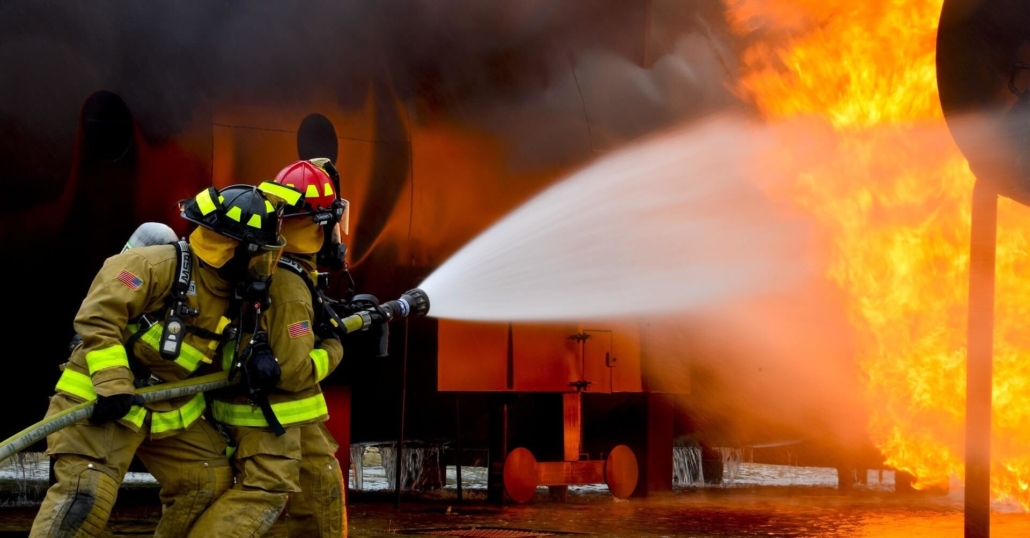Every business in Sydney Fire protection isn’t just legal, but it is crucial to keeping employees customers, property, and even the employees safe. Many of the hazards caused by the fire could be avoided or mitigated with the right precautions. The combination of inspections for fires, electrical system testing and tagging and the compliance with CFSP regulations all contribute to a safer workplace and ensure that companies are in compliance with the Building Code of Australia and local standards of the council.
The importance of fire inspections for safety
Fire inspections provide the first protection against potential hazards. They ensure that all the components of the building’s fire-protection systems are functioning and in good condition. In Sydney all businesses are required to conduct inspections each six or twelve months, depending on the structure’s type and the regulations of the council. The inspection can cover everything from sprinklers to fire alarm systems to smoke detectors, hydrants and extinguishers.

The ability to recognize problems that are not obvious and correct them before they cause danger is what makes inspections important. In an emergency, a small flaw on a smoke detector, or the fire hydrant’s condition could seem insignificant. Through conducting periodic fire inspections businesses owners are not only meeting compliance obligations but making active efforts to protect their workplace from unforeseen tragedies.
Testing and Tagging Securing Electrical risks
Electrical systems are one of the leading causes of workplace fires, which is why testing and tagging should always be part of a fire safety plan. This involves checking electrical appliances to make sure they are secure, safe and compliant. Following that a tag that is visible fixed to the equipment, indicating it’s passed inspection. For many businesses it is more than just a regular requirement it’s a defense against risks that often go unnoticed.
Incorrectly checked, worn-out or outdated cables, appliances with problems or outdated wiring could quickly become fire hazards. Regular testing and marking reduces the chance of an electrical issue that could cause a fire. The employees also feel confident that their workplace is secure. This in turn creates a sense of trust and confidence within the work place. The combination of testing, tagging, and fire inspections creates a complete safety plan that reduces risks on many fronts.
The Role of CFSP in ensuring Compliance and Certification
In New South Wales, only a Competent Fire Safety Practitioner (CFSP) is authorized to certify and sign important documents pertaining to fire safety such as Annual Fire Safety Statements. The introduction of CFSP accreditation has raised the bar for fire safety by ensuring only qualified professionals assess and verify safety measures. For those who work with the CFSP, inspections and reports will not be merely a regular report but an authentic evaluation conducted by professionals.
The job of a CFSP is more than just the mere ticking of boxes. They assess the state and effectiveness of the fire protection system, provide detailed reports, and confirm the compliance of regulations. Without CFSP certification, companies risk costs, legal issues and even shutdowns if security measures for fire are judged to be insufficient. Working with certified professionals will ensure that fire safety systems are maintained properly and compliance requirements are fulfilled without stress.
Safety in the Fire Service as an ongoing Commitment
The safety of your fire system is an ongoing obligation for all business owners. Regular inspections and examination of electrical systems and the proper certification via CFSP surveillance create a loop of safety that is never ending. This method is not just legally enforceable, but it creates a safer environment at work. Employees feel reassured knowing that evacuation plans clearly laid out are in place and smoke alarms work and the emergency lighting has been tested and fire protection systems are ready for use.
Fire safety is a ongoing process, not just a box that businesses have to tick each year. It reduces risk and strengthens the reputation of a company. In an environment that prioritizes security, clients and customers are more secure. In the long run, investing in proactive fire prevention saves costs by preventing expensive damages, fines, and legal disputes.
Conclusion
Sydney fire safety demands a multi-layered approach that includes fire inspections and testing, tagging and certification by an CFSP. Each of these elements is crucial to making sure that businesses adhere to the regulations, and more crucially, that both people and properties are protected. Safety is an integral component of the business process not something that is merely a side-effect. Businesses can comply with their legal obligations as well as create more stable and secure setting in the future, if safety is a fundamental part of everyday operations.
